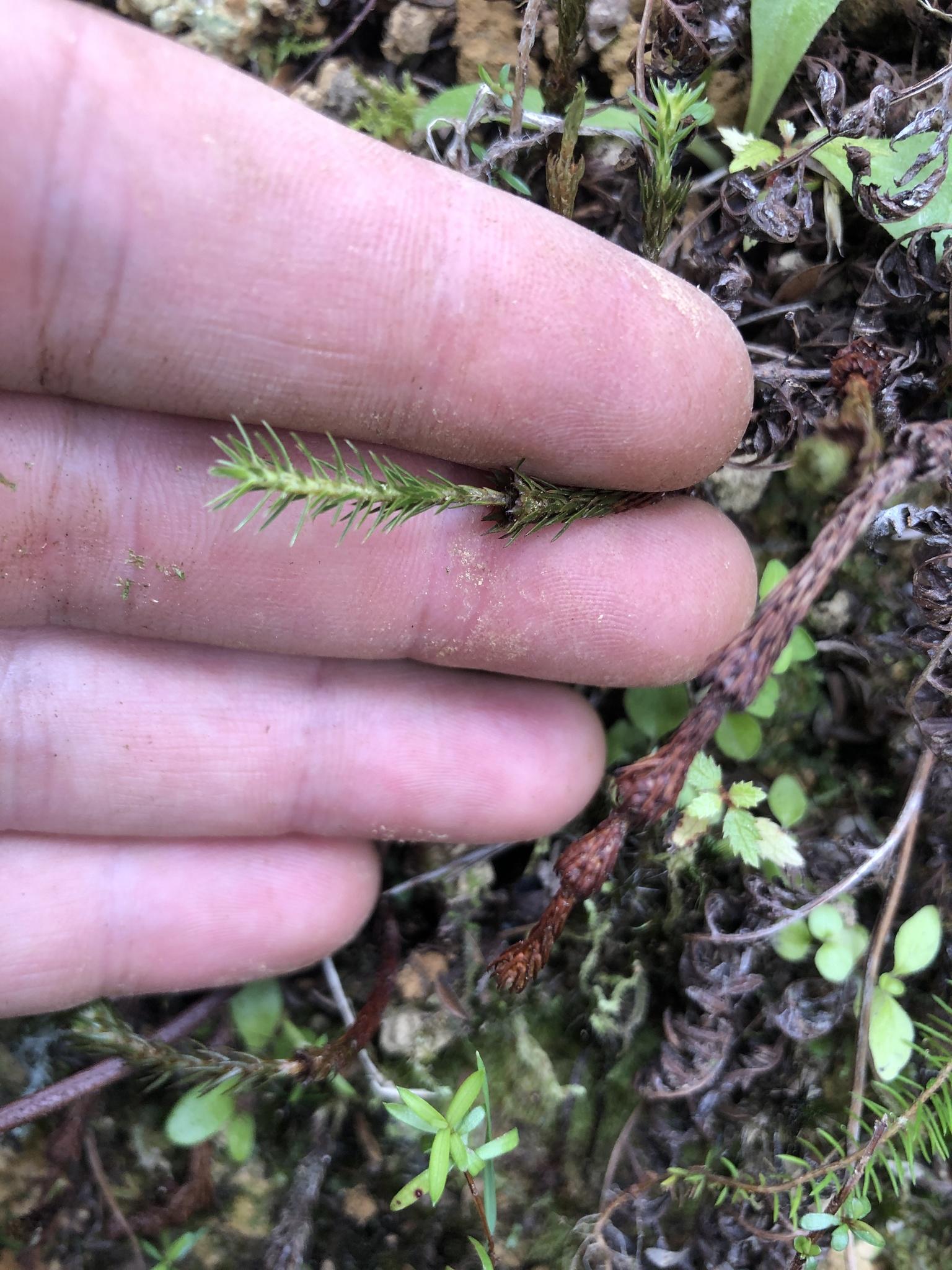
original.jpg from: https://www.gbif.org/es/species/2682901
Pogonatum comosum: The Fascinating Moss of the Polytrichaceae Family
Introduction
Mosses may be small, but they play a big role in many ecosystems around the world. One particularly interesting moss is Pogonatum comosum (Müll.Hal.) Mitt., a member of the Polytrichaceae family. In this blog post, we’ll take a closer look at this fascinating bryophyte, from its unique morphology to its global distribution and ecological importance.
Background on Mosses
Before diving into the specifics of P. comosum, let’s review some background on mosses in general. Mosses are non-vascular plants in the division Bryophyta. They lack true roots, stems, and leaves, instead having structures that serve similar functions. Mosses reproduce via spores rather than seeds and require moisture for sexual reproduction.
Morphology and Identification
Pogonatum comosum is a acrocarpous moss, meaning it produces sporophytes at the tips of the stems. Its leaves are lanceolate (lance-shaped) and have serrated margins. The leaf midrib is broad and extends to the leaf tip. Capsules are cylindrical and borne on a seta (stalk). The calyptra that covers the young capsule is hairy.
Global Distribution and Habitat
P. comosum has a wide distribution, being found in Asia, Africa, Australia, and the Pacific. It typically grows on soil, rocks, logs, and tree bases in forests from lowlands to mountains. The moss prefers partial shade to deep shade and moist conditions.
Ecological Roles and Adaptations
Like other mosses, P. comosum plays important roles in its ecosystem:
- Helps retain moisture and prevent erosion
- Provides habitat for micro-organisms and small invertebrates
- Pioneers disturbed sites and contributes to soil formation
- Indicator of air and water quality
P. comosum has adaptations that allow it to thrive in its habitat:
- Thick midrib and tough leaves resist damage
- Hairy calyptra protects developing sporophyte
- Rhizoids anchor moss and absorb water and nutrients
| Characteristic | Description |
|---|---|
| Division | Bryophyta |
| Class | Polytrichopsida |
| Order | Polytrichales |
| Family | Polytrichaceae |
| Genus | Pogonatum |
| Species | P. comosum |
| Authority | (Müll.Hal.) Mitt. |
Conclusion
Pogonatum comosum is a prime example of how even tiny organisms like mosses can be captivating when you take a closer look. From its global distribution to its morphological adaptations and ecological importance, this moss proves that size isn’t everything. The next time you’re in the woods, keep an eye out for a patch of P. comosum – you may just discover a newfound appreciation for these miniature marvels! What other mighty mosses have you encountered on your adventures?